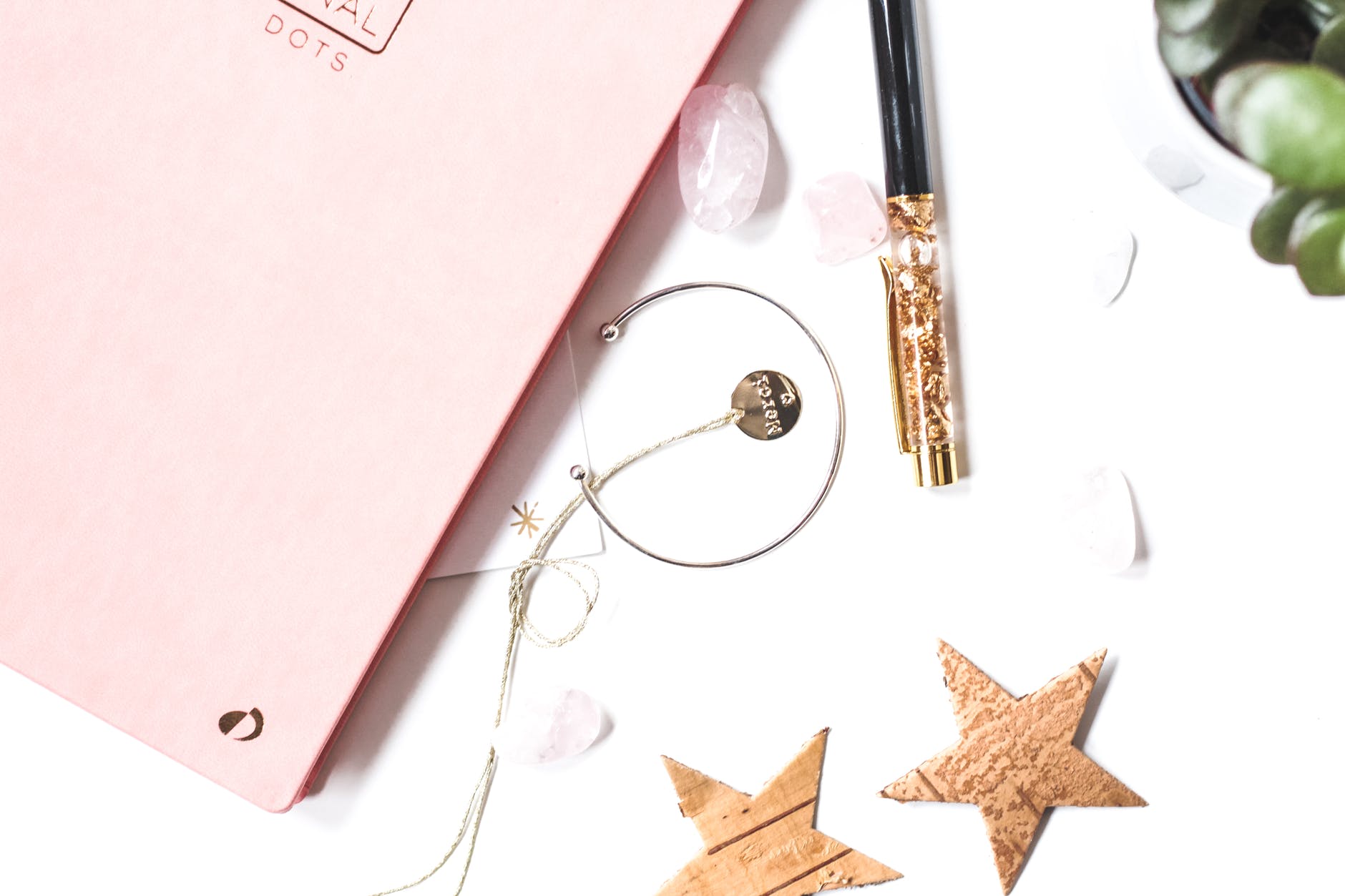Your inbox pings. It’s a message from someone wanting to write a guest post on your history blog. Wow!
With relief, you can tell it’s legit. They’re clearly a history fan who has actually looked at your history blog before pitching an excellent idea for a guest post.
You’re already plotting it on your editorial calendar but then you read the last line…….
“Please can you send me your style guide when you get a minute. Thanks : )”
This stops you in your tracks.
Err. What? I don’t have one of those. Well, don’t worry, in this post I will show you what a style guide is and what to include.
What is a style guide?
A style guide sets out your requirements and expectations for a successful, good fit, guest post on your history blog. It is there to help prospective guest bloggers know exactly what they need to do before submitting their articles.
Does my history blog need a style guide?
Technically no. But there are reasons why you might want to:
- It shows commitment and respect for your blog and your readers. You value your blog and know how you want posts to be presented
- It’s efficient. You may get specific content-based questions but most things like ‘how many words?’ will be repetitive. Save yourself some time with a tiny bit of work upfront
- It looks professional and, even if you are just starting out, gives the impression you’re already working with guest bloggers.
What tone should I use in my style guide?
The tone of your style guide is really important. Many history bloggers are just starting out, maybe a little worried they’ll be rejected so you want to be as welcoming as possible rather than laying down a heavy sounding list of rules.
So, the language and tone should be both informative and personable. You don’t want to put off someone who was so excited about the prospect of writing for you that they contacted you. For example, here are a couple of friendly ways to make sure someone doesn’t send you an awful, low-quality image that will look terrible on your blog.
“Please send a Jpeg profile picture of yourself. Something not pixelated, smiley and with no hint of a magnolia wall in the background (they always look yellow online)”
Or, maybe you want to give some hints around your expectations for writing for the web.
“Most people read my posts on their phones so please break up any chunky looking text with lots of subheadings : )’
What should I include in my history blog’s style guide?
- The word count. Give guest posters a little wiggle room. Trust me, it’s no fun trying to edit down to precisely 752 words. Maybe between 1000 -1250.
- Ask them to choose and tell you what the keyword is to help your SEO. So many bloggers don’t do this. When all your posts are optimised for search engines why should a guest post sitting on your blog have none?
- For them to send a mini-bio, 1 or 2 short paragraphs about themselves. You can give an example here too
- Provide some links to previous guest posts as a demo
- Add in a link to Grammarly (a free tool to check for basic typos and poor sentence structure) which they might not be aware of, and
- It can also, in a smiley way, include the expectation of helping you promote the post when it’s live on social media.
How do I make the actual guide?
Here are some efficient ways to embed a style guide into your history blog that can be found by all visitors and emailed as a link to prospective guest bloggers.
- On your history blog create a page or subpage called ‘Writing for [insert name of blog]’ or ‘A Guide for Guest Posts’ . Then write your style guide in easy, chunky paragraphs with sub-headings, Once you’ve hit publish, add it to your header or footer menu. I would also add a contact form too so anyone who lands on this page first doesn’t have to search for a way to contact you.
- If you don’t want to create a full-page, add a paragraph within your ‘contact me’ or ‘about me’ page that has a link to a file (see how to create this below).
- What if you need to send it by email? You can send a link to your page or write out your guide in an email and save it to your drafts with an easy to find subject heading. Then, when needed just open, copy and paste into each reply.
- Finally, create a branded one-pager pdf to attach to your blog site or email replies. You can do this for free using Canva. You can use ‘flyer’ or ‘presentation’ templates, but I find ‘newsletter’ templates can be adapted really easily into a style guide. Add your colours, branding/logo, a little image of yourself and your text. Finally, download and attach it to your webpage or email.
There are some real benefits to creating a style guide for your history blog and clearly, it is a way of being efficient and saving time on your blog. If you want to discover more time-saving tips check out my course Time-Smart History Blogging. It is jam-packed with strategies and tips to help you blog faster and smarter.
Related Link: Take me to the Time Smart History Blogging Course.




